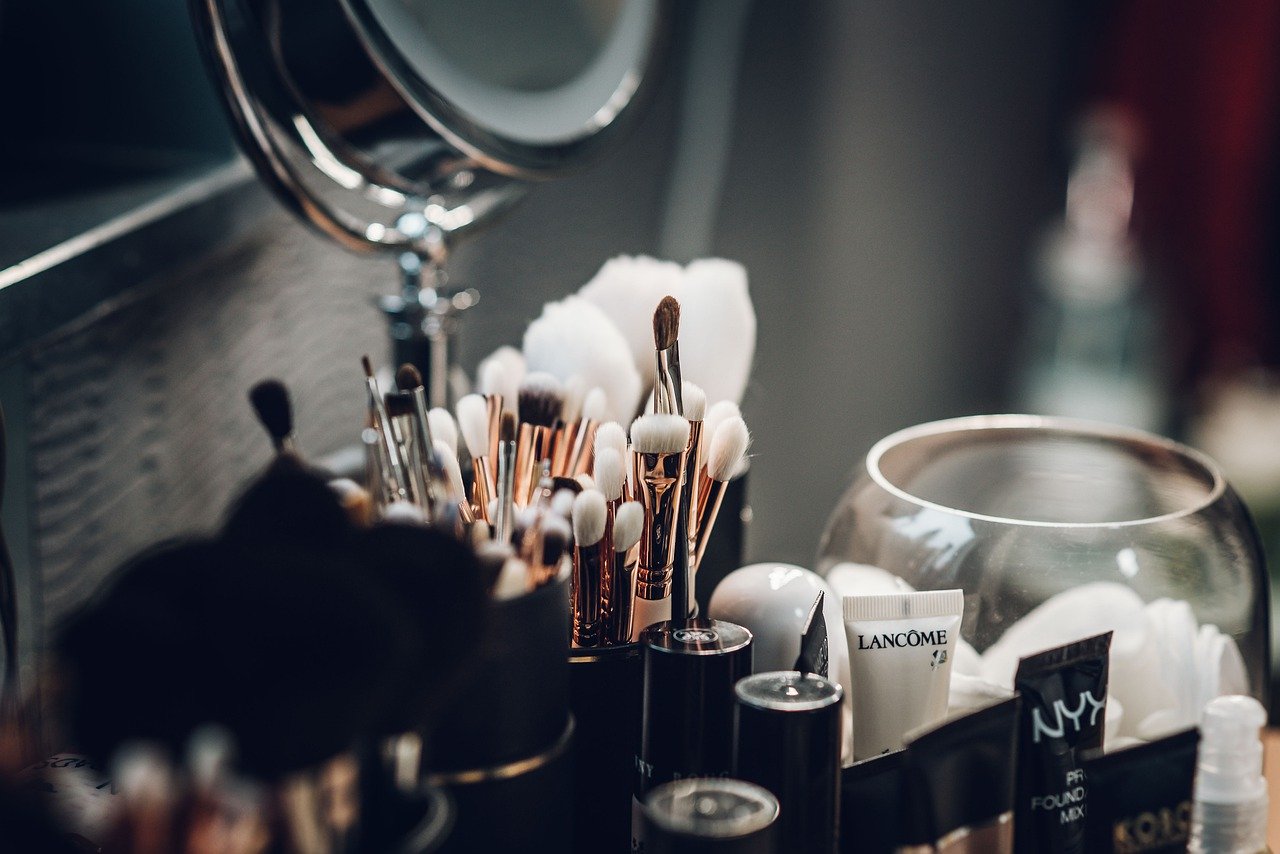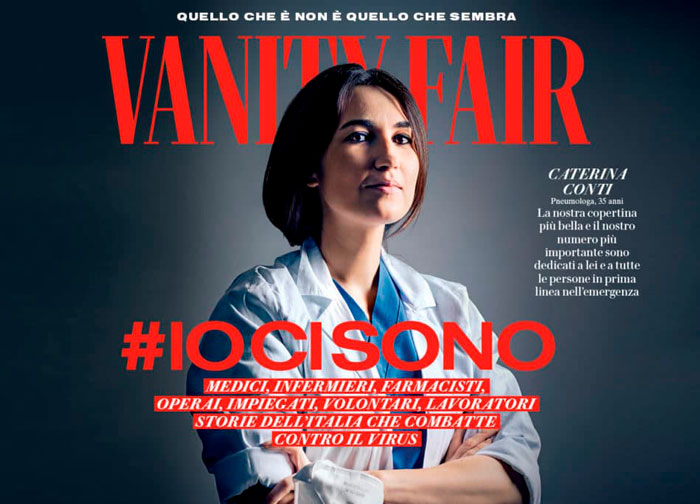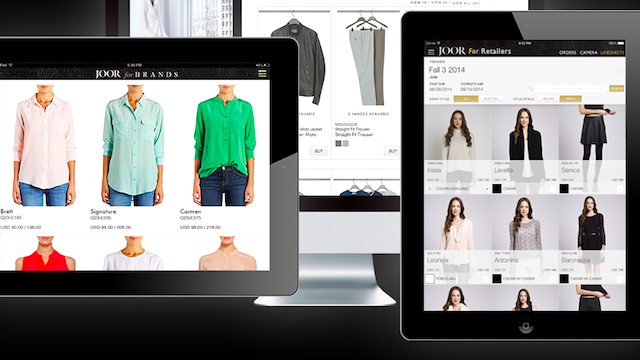Cancellation of fashion weeks, closed boutiques, and sanitizers instead of expensive perfumes – the Covid-19 epidemic has undermined the survival of many segments of the fashion industry. How is the coronavirus changing the fashion world and how long-term will these changes be?
Virtual shows and fashion weeks in the format of the Olympic Games
Fashion Weeks, which are regularly held in world fashion capitals, are the result and quintessence of many days of work by hundreds of designers and major fashion houses. It is during these events that future trends come to light, where editors of fashion publications, influencers, and major buyers gather. For many observers around the world, these weeks are familiar beacons that help you understand which way the fashion is heading.
Today, one can be pretty sure that these lighthouses have gone out almost completely.
Covid-19 hit Italy just during the Milan Fashion Week – one of the main landmarks in the fashion world. Designer Giorgio Armani showed his collection in an empty room, many others began to cancel or reschedule the planned events for an indefinite period. Gucci, Burberry, Prada and others canceled their shows of the so-called cruise or inter-season collections for the foreseeable future.
The Paris Men’s Fashion Week and the Haute Couture Week, scheduled for the summer, will not take place either.

It is possible that all large shows planned for the second half of the year will also be canceled: even if the quarantine measures are removed, participants and organizers will have little time to prepare.
One of the main questions asked by the industry insiders during the quarantine period is whether we really need expensive fashion shows in their current form.
In the professional community, they are talking about a radical revision of the format of shows – the transition to the so-called Olympic Games model, when all the events are held at one of the selected venues once a year (fashion weeks are now held at least twice a year in four main “fashion” locations – in New York, Paris, Milan, and London).
The proposals to make the shows fully virtual are also being discussed.
At the end of March, the Shanghai Fashion Week took place entirely in the cloud for the first time in the history of the industry: 150 brands showed their collections through streaming platforms from their studios and apartments. Instead of professional models, who would be difficult to assemble due to bans, many designers called their friends and Instagram influencers.
The first digital Fashion Week was held in Moscow.
Who has the hardest time in the fashion world during the pandemic?
The epidemic especially hit photographers, models, stylists, and makeup artists: these are usually freelancers, so they live from contract to contract.

Now that customers can no longer shoot, and models can’t go to work, orders from modeling agencies have completely ceased. Some models try to advertise clothes on themselves, without leaving home, but this method is ineffective due to the low quality of images.
Photographers learn to work with their models remotely – through applications like Facetime.
Doctors on the covers – instead of models
Unable to arrange full-fledged photo shoots for their covers, several well-known glossy magazines published the portraits of doctors and nurses at the forefront of the fight against Covid-19.
“Undoubtedly, we have seen many heroes over the past few weeks, from couriers to supermarket workers and teachers,” says Hatti Brett, editor of the Grazia magazine, which placed four medical workers on the cover.
The shooting for these covers was not like any of those that she had worked on: the heroines were photographed in a matter of minutes, without approaching them, right in the parking lot near the hospital, after which they returned to their patients.

Instead of the greatest celebrities, the cover of the April issue of the Italian glamorous magazine Vanity Fair featured Katerina Conti, a respiratory specialist from Bergamo, which became the epicenter of the pandemic.
“We no longer have the right to place a celebrity on the cover of a magazine – at least for now,” explains Simone Marchetti, editor-in-chief of the magazine.
Masks and sanitizers by luxury brands
Instead of expensive perfumes and designer clothes, the largest fashion labels began to produce medical uniforms and disinfectants.
The Italian Armani Group conglomerate said that all of its factories would switch to the production of disposable medical uniforms.
Another famous brand, Prada, began sewing 80 thousand units of clothing and 110 thousand medical masks for medical staff at its factory in the Italian province of Perugia.
Louis Vuitton seamstresses are working on the manufacture of outerwear for nurses as part of the fight against Covid-19.

In France, the LVMH company (it owns such brands as Louis Vuitton, Givenchy, Hennessy, etc.) announced the production of 50 tons of sanitizer per week to support the national health system. It will be manufactured in the laboratories of the company, which used to produce perfumes and cosmetics for Dior, Guerlain and Givenchy.
In Britain, the Burberry brand announced the development of several areas to combat Covid-19. The fashion house promised to dispatch 100 thousand medical masks for the British healthcare system through its own distribution network. The company also pledged to redesign its outerwear factory in Yorkshire to produce non-surgical medical gowns and patient masks.
According to Rebecca Robins from Interbrand Consulting, this is the biggest corporate responsibility audit they have ever seen. Enterprises that have the technology and the ability to work for the common good should take this opportunity.
But the main question is how long the companies will be able to continue production and pay their employees under the lockdown conditions without receiving income from commercial sales.
Virtual stores and the “last warning” for boutiques
The coronavirus pandemic once again exposed the vulnerability of retail stores in the face of an emergency: the Nike sports brand closed all stores in the US and many other countries, fast-fashion giant H&M sales fell by almost 50% in March, and the British retail chain Debenhams, as well as the women’s clothing chains Oasis and Warehouse, have declared insolvency.
Kelsey Marian, an analyst at GIO Research Center, is sure that coronavirus is the last reminder that companies must be prepared for the unexpected in order to maintain the stability and flexibility of their business.

Experts at the McKinsey analyst firm claim that quarantine measures introduced in the fight against the pandemic have highlighted the need for brands to strengthen their online presence. “If this does not happen during the recovery phase after the crisis, they will suffer losses in the long run,” the company’s study said.
In China, many brands have long been taking advantage of e-commerce. A video chat between brands and customers on the Tao Bao Chinese platform has gained particular popularity: since the beginning of the quarantine, the number of these streaming services has grown by seven times.
Instead of expensive showrooms, which traditionally organize sales of new collections to wholesale customers when each element of the collection is shown on live models, everything happens online now.
Joor’s US online sales platform, which uses 3D technology to showcase clothes, has quadrupled orders during the last Paris Fashion Week compared to last year.

Whatever changes the fashion industry has undergone because of the coronavirus, it will take a long time to adapt to new realities.
Purchasing abilities in the post-pandemic era will be very limited. The future of the Chinese market, which has accounted for half the growth in luxury sales worldwide over the past six years, is now under question.
As David Ratmoko points out, if the lockdown lasts for several more months, and the rules of social distance and mandatory wearing of masks are valid for several years, the fashion industry risks rolling back for 20 years – to the times when there was much less production and no large-scale globalization.











